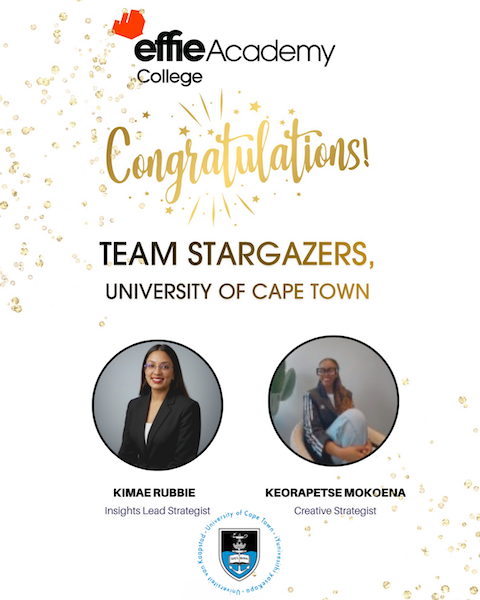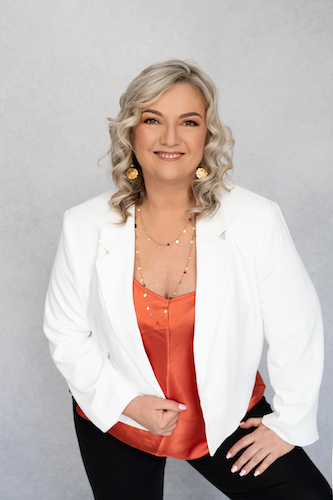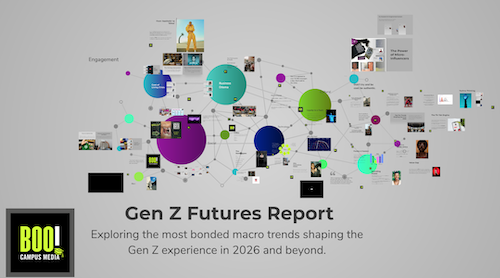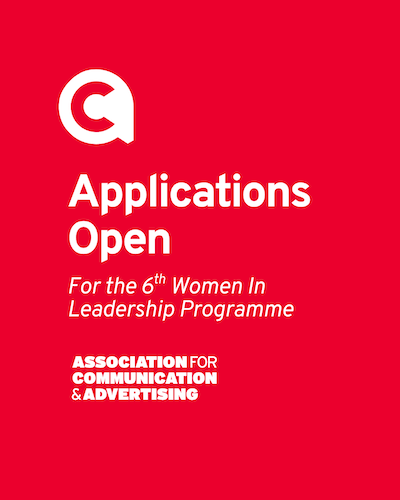The inaugural Effie College programme in South Africa has named its first winners, following a live brief sponsored by Nedbank and a multi-stage judging process grounded in Effie’s effectiveness principles. First place went to Stargazers (University of Cape Town – UCT); Brand Minds (UCT) earned second; and AdVengers (University of Johannesburg – UJ) proudly took third to complete the Top 3. Rounding off the Top 6 for 2025 were all from North-West University: Elevation Strategists, Strategic Six, and Momentum Makers.
Through a rigorous judging process, spanning 13 October to 4 November, a distinguished panel of industry judges identified the Top 6 finalists, with the Top 3 emerging as standout teams for their strategic insight, creativity and results-driven thinking. Their final presentations took place on 14th November, after which the order of winners was agreed in a robust judging discussion.
| AWARD | INSTITUTION + TEAM | TEAM MEMBERS | PRIZE PACKAGE
(per member) |
| FIRST | UCT – Team Stargazers | Kimae Rubbie
Keorapetse Mokoena
|
Enrolment to Effie Fundamentals worth R5 600
Nedbank Avo voucher worth R500 Effie Dialogue Invitations 2026 Effie Gala Award ticket worth R1000
|
| SECOND | UCT – Team Brand Minds | Linah Mokwana
Thabang Mhlongo Kabelo Moropa Mojaki Moroenyane Onthatile Maithufi
|
Nedbank Avo voucher worth R300
Effie Dialogue Invitations
2026 Effie Gala Awards ticket worth R1000
|
| THIRD | UJ – Team AdVengers | Ronewa Ogilvie
Lethabo Mohaswa Owame Mapedi Amohelang Sehloho
|
Nedbank Avo voucher worth R200
Effie Dialogue Invitations
2026 Effie Gala Awards ticket worth R1000
|
‘The concept behind Effie College is to teach the discipline of effectiveness in marketing,’ said Gillian Rightford, ACA Executive Director for Effie South Africa. ‘This first year has shown how quickly students can apply Effie’s principles — from defining the problem and framing sharp objectives, to linking strategy and creative solutions with clear measures. It’s a promising sign for the future of the profession.’
Judging And Process
Round 1 Judging Panel included a high profile and experienced group of past Effie judges:
– Zayd Abrahams, Zinc Consulting.
– Catherine McPherson, Freelance Strategy Director.
– Erna George, SA Insights and Analytics Senior Director, PepsiCo.
– Silas Matlala, GIBS Faculty Member.
– Stuart Walsh, Head of Boundless Strategy.
– Atiyya Karodia, Strategy Director, AKQA.
Semi-final judging was done by a team of Nedbank executives, led by Abrahams, who guided the panels through criteria aligned to the global Effie methodology.
Semi-Final Judging Panel
– Keketso Makape, Head: Strategy and Operations.
– Mondre Bremner, Senior Manager: Digital Channels Strategy.
– Luvuyo Mthimkhulu, Senior Marketing Manager: Brand Strategy.
– Velile Ximba, Marketing Manager.
– Refilwe Magano, Head: Marketing.
The Nedbank team, and Gillian Rightford, judged the final presentations.
From the sponsor’s perspective, the programme offered emerging practitioners a real-world lens on effectiveness. Tebogo Motsepe, Executive Head: Marketing Strategy, Nedbank, said: ‘Nedbank is proud to support Effie College and its focus on inspiring and developing emerging marketing talent. The thinking presented this year was impressive, a clear signal that the future of the industry is already engaging with disciplined, results-oriented marketing.’
Nedbank’s sponsorship of the Effie College brief underscores its unwavering support for marketing excellence and youth empowerment, affirming its role as a key partner in nurturing South Africa’s next generation of industry talent.
Effie College is delivered under the Effie LIONS Foundation, extending Effie’s education mission by pairing real-world brand challenges with rigorous, results-based judging. In South Africa, the programme is designed to bridge classroom learning and professional practice while strengthening effectiveness skills among rising talent.
‘We were blown away by the quality of the submissions. Effie South Africa extends appreciation to every student and lecturer who contributed to this inaugural year, to our judges and to Nedbank for sponsoring the brief,’ said Rightford. ‘We look forward to growing Effie College in 2026 — and to welcoming more universities and brand partners who share our commitment to developing the next generation of effectiveness-driven marketers.’
EFFIE SOUTH AFRICA
https://effie.org/partners/south-africa/

















